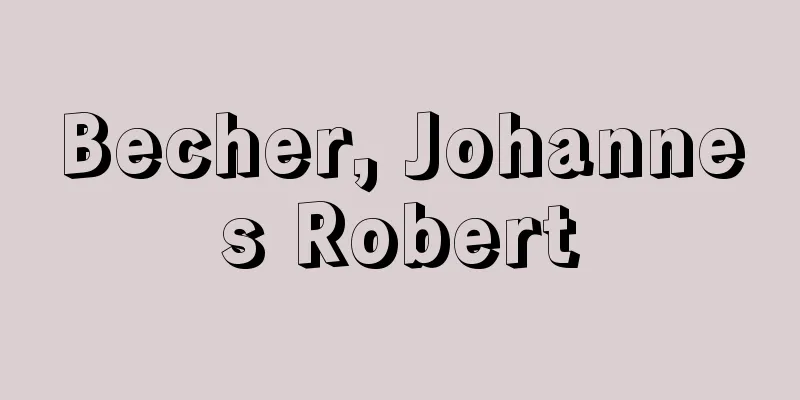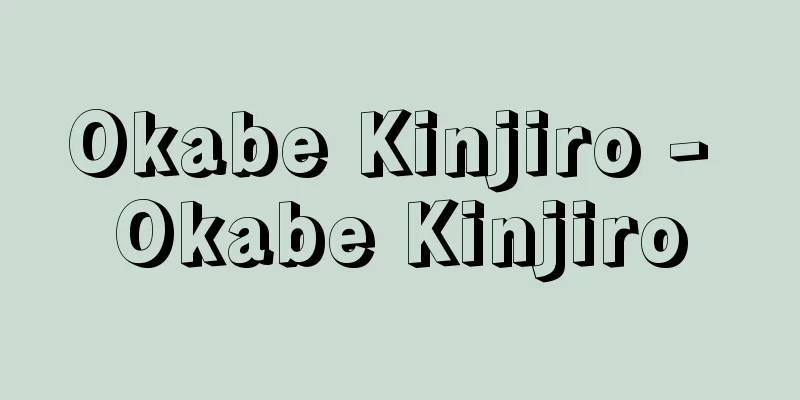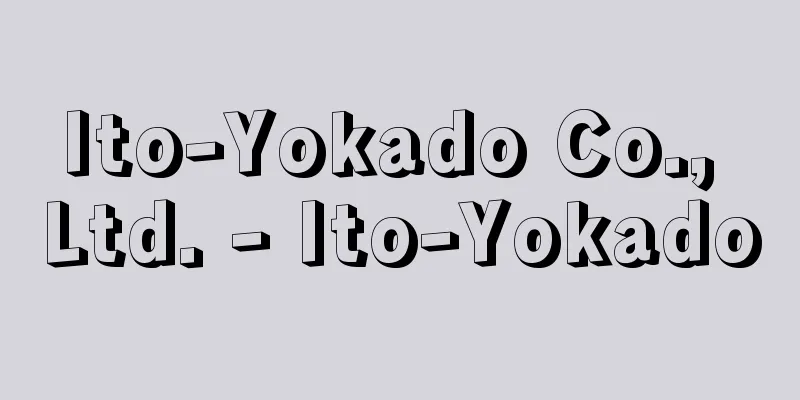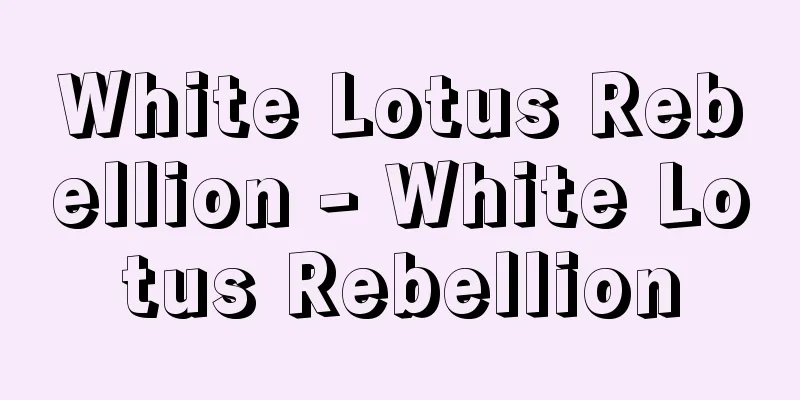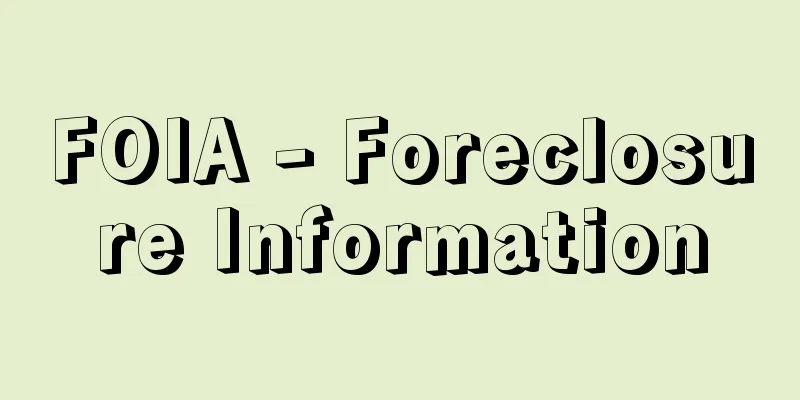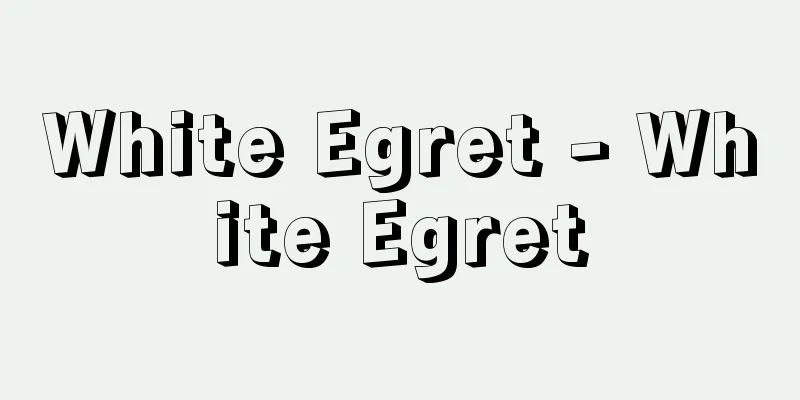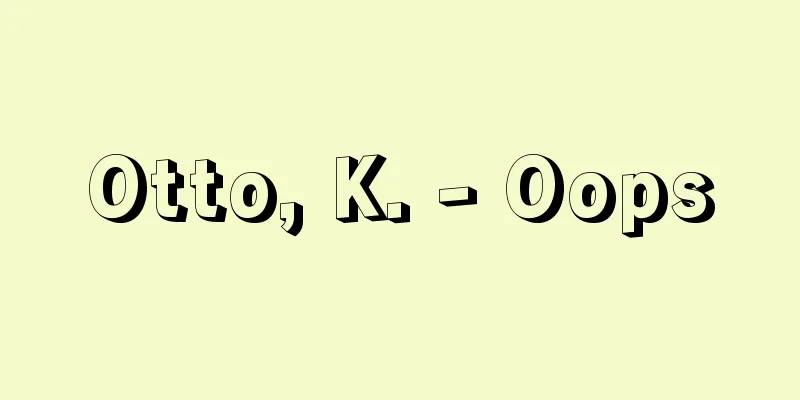Forced execution - Kyouseishikko
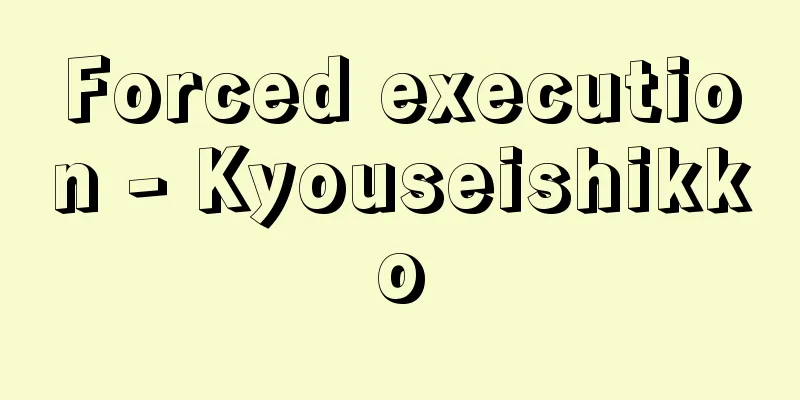
|
It is a procedure to realize a private law claim by the coercive power of the state. The procedure is stipulated in the Civil Execution Act (Act No. 4 of 1979). Among private law rights, the right to control and the right to create do not require the cooperation of the other party, and the effect of the right is achieved by the right holder's unilateral exercise. Therefore, there is no need to enforce it. In contrast, a claim right is a right that can demand a certain action or omission from the other party, so if the obligor does not cooperate (does not perform), it is necessary to actually realize the same result as if the other party had cooperated (in the case of a monetary claim, the creditor must actually obtain the money, and in the case of a claim for eviction of a house, the creditor must actually have the other party evict the house). In this case, since the other party does not perform voluntarily, some force must be exercised, but the claimant himself is not allowed to exercise force (self-help or self-execution). Under the current law, the state has a monopoly on enforcement power. In order to enforce a debt, the creditor must file an application for enforcement with the enforcement agency (the bailiff, the enforcement court, or the court in charge of the case, depending on the type of enforcement). In principle, the debtor must submit a debt instrument and a writ of execution (the authentic copy of the debt instrument with the writ of execution attached is called the enforceable authentic copy or the execution authentic copy). A debt instrument is a document that notarizes the existence and scope of the claim, and includes a final and binding judgment, a judgment with a declaration of provisional execution, a demand for payment with a declaration of provisional execution, an execution certificate, a settlement record, and a mediation record (Article 22 of the Civil Execution Law). Since enforcement is a forcible infringement of the debtor's sphere of rights and sphere of life, which has a great impact on the debtor, enforcement is only permitted if the existence of the right is certain. There is also a consideration that it is not appropriate for enforcement agencies to examine the existence of claims one by one before executing them. A writ of execution is attached to the debt instrument, and proves that the debt instrument has enforcement power. This is issued by a court clerk or a notary public (Article 26 of the same law), and as a general rule, a writ of execution is required for a debt title. The types of enforcement include monetary and non-monetary enforcement depending on the content of the claim to be realized, and direct enforcement, indirect enforcement, and substitute enforcement depending on the method of enforcement (see the ``Enforcement'' section for details). Monetary execution refers to forced execution carried out to satisfy monetary claims. Its purpose is to collect a certain amount of money from the debtor's total assets and give it to the creditor. It accounts for the majority of actual execution cases and is extremely important. Depending on the type and nature of the debtor's assets that are the subject of execution, it is divided into real estate execution, ship execution, movable property execution, and execution against claims and other property rights. The execution agency and execution method vary depending on the assets to be executed, but the creditor has the freedom to execute against which of the above assets, and can apply for execution against the desired assets to the statutory execution agency. Monetary execution is generally carried out in three stages: securing the debtor's assets (seizure, which deprives the debtor of the right to dispose of the assets), converting the assets into money (realization), and giving the money to the creditor (satisfaction). [Yoshinobu Homma] SeizureThis is the first stage of monetary execution, and the forced execution procedure begins. The specific method varies depending on the target property. In the case of real estate execution, a declaration of attachment of the target property is made at the same time as the decision to commence compulsory auction or compulsory management, and the same is true for ship execution (but only compulsory auction). In the case of movable property execution, the execution is carried out by the bailiff who takes possession of the target property, and in the case of claim execution, it is carried out by a court order of attachment (which includes an order prohibiting the third debtor from making payments to the debtor and prohibiting the debtor from collecting the claim or taking any other action). With the attachment, the debtor is deprived of the right to dispose of the said property. The attachment is made on individual properties, but must be limited to the extent necessary for the claim and the execution costs (prohibition of excessive attachment), and if there is no prospect of obtaining a surplus to cover the execution costs even if the seized property is converted into cash, forced execution itself is not permitted (prohibition of profitless attachment). [Yoshinobu Homma] RealizationIf the bailiff seizes money, it can simply be handed over to the creditor. If something other than money is seized, it must be liquidated. In the case of real estate, this can be done by sale (forced auction) or compulsory management. Forced auction is the sale by bidding, auction, or other methods, while compulsory management means managing the debtor's real estate without selling it, making a profit (through rent, etc.), and then monetizing it. In the case of ship execution, forced auction is carried out in the same way as for real estate. In the case of movable property execution, the methods are auction, bidding, sale by other methods, or consignment sale. In the case of claims or other property rights being seized, the creditor collects them or liquidates them using a special method. In addition to collection, there is also a transfer order method for liquidating monetary claims. Furthermore, if a ship or movable property is handed over as a result of collection, it must also be liquidated. [Yoshinobu Homma] satisfactionAs the final step, the money obtained from the seizure or liquidation is handed over to the creditors (satisfaction of claims). If there is only one creditor, or if the money obtained is enough to satisfy all of the claims of multiple creditors, there is no problem, but if it is not possible to satisfy all of them, it must be equally distributed (dividend). The above monetary enforcement is always carried out by direct coercion. Among the enforcement actions against claims that do not have the purpose of monetary payment (non-monetary execution), enforcement against claims that have the purpose of delivery of an object is carried out by the bailiff removing the possession of the debtor (in the case of real estate) or taking the object from the debtor (in the case of movable property) and delivering it to the creditor (direct enforcement). Enforcement against alternative obligations (for example, the obligation to demolish a house) is carried out by substitutional execution (a third party other than the debtor realizes the contents of the obligation and collects the cost from the debtor), while enforcement against non-substitutional obligations (for example, the obligation to sign a security) or obligations to omit to act (such as the obligation not to make noise) is carried out by indirect enforcement (ordering the debtor to pay money if the obligation is not fulfilled within a certain period of time). In the case of non-monetary execution by direct or substitutional execution, indirect enforcement is carried out if the creditor requests it (Civil Execution Act, Article 173). Furthermore, enforcement against obligations to support, etc. is carried out against monetary obligations, but if the creditor requests it, indirect enforcement is used (Civil Execution Act, Article 167-15). [Yoshinobu Homma] [References] | | | | | | | | | | | Right of | | | | |Source: Shogakukan Encyclopedia Nipponica About Encyclopedia Nipponica Information | Legend |
|
国家の強制力により私法上の請求権を事実として実現する手続をいう。その手続は民事執行法(昭和54年法律第4号)が規定している。私法上の権利のうち、支配権、形成権は、相手方の協力を必要とせず、権利者が一方的に行使することにより、権利行使の効果が生ずる。したがって強行的に実現する必要がない。これに対し請求権は、相手方に一定の作為・不作為を要求しうる権利であるから、義務者が協力しない(履行しない)場合には、事実として相手方が協力したと同一の結果を実現する必要がある(金銭債権であれば、金銭を現実に債権者が入手し、家屋明渡し請求権であれば、相手方を現実に家屋から退去させることが必要である)。この場合、相手方が任意に履行しないのであるから、なんらかの実力を行使することが必要であるが、請求権者自身が実力を行使すること(自力救済あるいは自力執行)は許されない。現行法上は、国家が執行権力を独占している。 強制執行をするには、債権者が執行機関(執行の種類に応じて執行官、執行裁判所あるいは受訴裁判所)に執行の申立てをすることが必要である。その際、原則として債務名義と執行文(執行文の付記された債務名義の正本を執行力ある正本あるいは執行正本という)を提出しなければならない。債務名義とは、請求権の存在とその範囲を公証する文書で、確定判決、仮執行宣言付判決、仮執行宣言付支払督促、執行証書、和解調書、調停調書など(民事執行法22条)がそれに該当する。強制執行は、債務者の権利圏、生活圏への権力的侵害であり、これにより債務者は大きな影響を受けるのであるから、権利の存在が確実である場合にのみ執行が認められるのである。また、執行機関がいちいち請求権の存在を審査してから執行するのは妥当でないとの考慮もある。執行文は、債務名義が執行力を有する旨を証明するもので、債務名義に付記される。これを付与するのは裁判所書記官または公証人(同法26条)で、原則として債務名義には執行文が必要である。 強制執行の種類としては、実現されるべき請求権の内容により金銭執行と非金銭執行が、強制履行の方法により直接強制、間接強制、代替執行(これらについては「強制履行」の項参照)とがある。 金銭執行とは、金銭債権の満足のために行われる強制執行をいう。これは、債務者の総財産から一定額の金銭を徴収し、それを債権者に渡すことを目的とする。現実の執行事件の大部分を占めており、きわめて重要である。執行の対象となる債務者の財産の種類・性質に応じて、不動産執行、船舶執行、動産執行、債権およびその他の財産権に対する執行に分けられる。執行目的財産が何であるかにより、執行機関、執行方法が異なるが、債権者は前記のうちのどの財産に対し強制執行するかの自由を有し、その希望する財産につき、法定の執行機関に執行の申立てをすればよい。金銭執行は一般に、債務者の財産を確保し(差押え。財産に対する債務者の処分権能を剥奪(はくだつ)する)、その財産を金銭に換え(換価)、その金銭を債権者に渡す(満足)という3段階を経て行われる。 [本間義信] 差押え金銭執行の第一段階で、これにより強制執行手続は開始される。具体的な方法は目的財産により異なる。不動産執行においては強制競売(けいばい)開始決定あるいは強制管理開始決定と同時に目的物に対する差押え宣言がなされ、船舶執行においても同様である(ただし強制競売のみ)。動産執行においては執行官が目的物を占有して行い、債権執行においては裁判所の差押え命令(それは、第三債務者に対し債務者への支払いを禁じ、債務者に対し債権の取立てその他の処分を禁止する命令を含んでいる)により行う。差押えにより、債務者は当該財産に対する処分権を剥奪される。なお差押えは、個々の物件に対しなされるが、債権と執行費用に必要な限度でしなければならず(超過差押えの禁止)、差押え物を換価しても執行の費用にあてて剰余を得る見込みがないときは強制執行そのものが許されない(無益差押えの禁止)。 [本間義信] 換価執行官が金銭を差押えた場合は、そのまま債権者に引き渡せばよい。金銭以外のものを差押えた場合は、換価が必要となる。その方法は、不動産の場合は売却(強制競売)または強制管理である。強制競売は入札・競り売りその他の方法での売却であり、強制管理は、売却せずに債務者の不動産を管理して(賃貸などによる賃料で)収益をあげ、金銭化することをいう。船舶執行では不動産と同様の強制競売が行われる。動産執行では競り売り、入札、それ以外の方法での売却あるいは委託売却がその方法である。債権その他の財産権を差押えた場合には、債権者が取立てあるいは特別の換価方法で行う。なお、金銭債権の換価方法には取立てのほかに転付命令の方法がある。また、取立てにより船舶や動産などが引き渡された場合には、さらに換価が必要である。 [本間義信] 満足最後の段階として、差押えや換価によって得られた金銭を債権者に交付する(債権の満足)。債権者が1人の場合、あるいは得られた金銭が複数の債権者全員の債権全部を弁済できるときは問題ないが、全部弁済できないときは、平等に配分する(配当)。以上の金銭執行はつねに直接強制の方法による。 金銭の支払いを目的としない債権についての強制執行(非金銭執行)のうち、物の引渡しを目的とする債権の強制執行は、執行官が債務者の占有を排除し(不動産の場合)、あるいは目的物を債務者から取り上げて(動産の場合)、債権者に引き渡すという方法で行われる(直接強制)。代替的作為債務(たとえば家屋を取り壊す債務)についての強制執行は代替執行の方法で(債務者以外の第三者が債務の内容を実現し、その費用を債務者から徴収する)行い、不代替的作為債務(たとえば証券への署名義務)あるいは不作為債務(騒音を出さない債務など)についての強制執行は間接強制の方法で(一定期限内に債務が履行されない場合に債務者に金銭の支払いを命じるなどする)行われる。非金銭執行で直接強制、代替執行による場合でも、債権者の申立てがあるときは、間接強制の方法で行う(民事執行法173条)。さらに、扶養義務等の強制執行は、金銭債権についての強制執行であるが、債権者の申立てがあるときは、間接強制の方法による(同法167条の15)。 [本間義信] [参照項目] | | | | | | | | | | | | | | | |出典 小学館 日本大百科全書(ニッポニカ)日本大百科全書(ニッポニカ)について 情報 | 凡例 |
<<: Administrative examples - Gyosei Jitsurei
Recommend
The puppet's grandson
...This book lists the famous places where they g...
Ligature
...Moreover, it can be considered as a series of ...
City Mochi - Ichinomochi
...This role is played by the father or maternal ...
Eranos Conference - Eranos Conference
A conference held in Ascona, Switzerland from 1933...
Communist International
...An abbreviation for Communist International (i...
Historical site - Shiseki
In a broad sense, a historic site is any place wh...
Ara [river] - Araa
…The river is deep downstream of Bremen, and is a...
Yakushiji clan
A medieval samurai family in Shimotsuke. A branch ...
Leaf-cutting ant - Leaf-cutting ant
Among the approximately 200 species of fungus-grow...
Specular gloss level
… Glossiness is a quantitative expression of glos...
One-way flow - Katanagare
A type of roof shape in which the slope flows down...
Douc monkey - douc monkey (English spelling)
An Old World monkey of the Cercopithecidae family ...
Adam, R. (English spelling) AdamR
…Brothers who were leading British neoclassical a...
Chinese water-chestnut
... A plant known since ancient times, the name k...
Itea
...A deciduous shrub of the Saxifragaceae family ...

